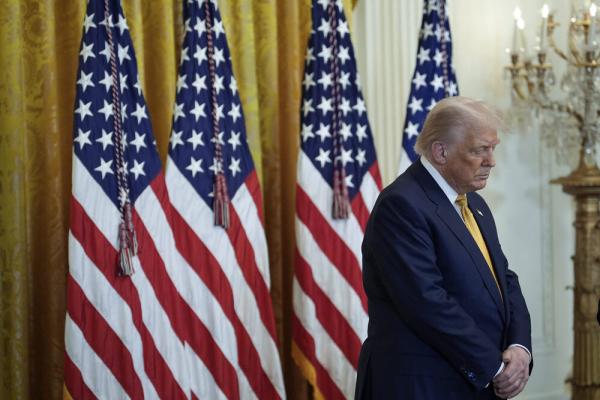Aug 20, 2025
“Federal employees should never have to choose between their faith and their career,” Scott Kupor, director of the U.S. Office of Personnel Management, said in a statement last month.
Kupor was positively commenting on a July memorandum to federal agencies that explains that federal employees are allowed to, for example, hold prayer circles and discuss their religious beliefs with colleagues. The memorandum even goes so far as to say that civil servants can “persuade others of the correctness of their own religious views.” According to Kupor, “This guidance ensures the federal workplace is not just compliant with the law but welcoming to Americans of all faiths.”
Read the Full Article

Already a subscriber? Login
